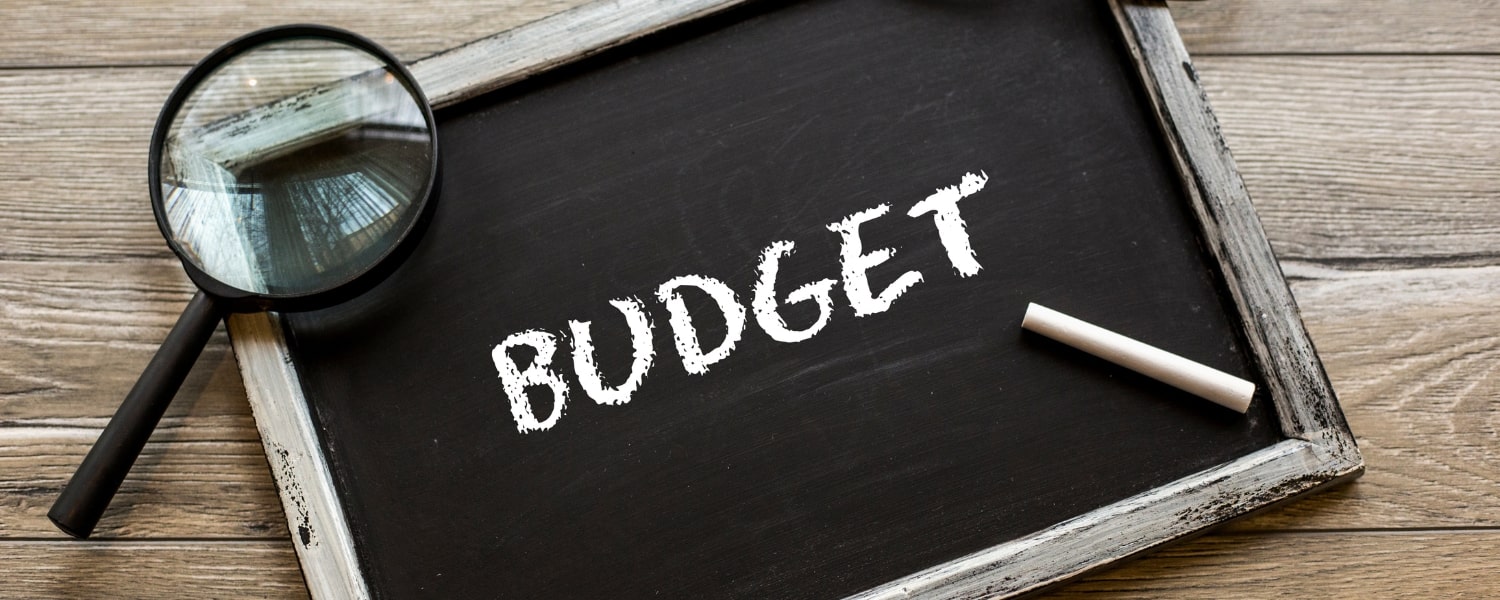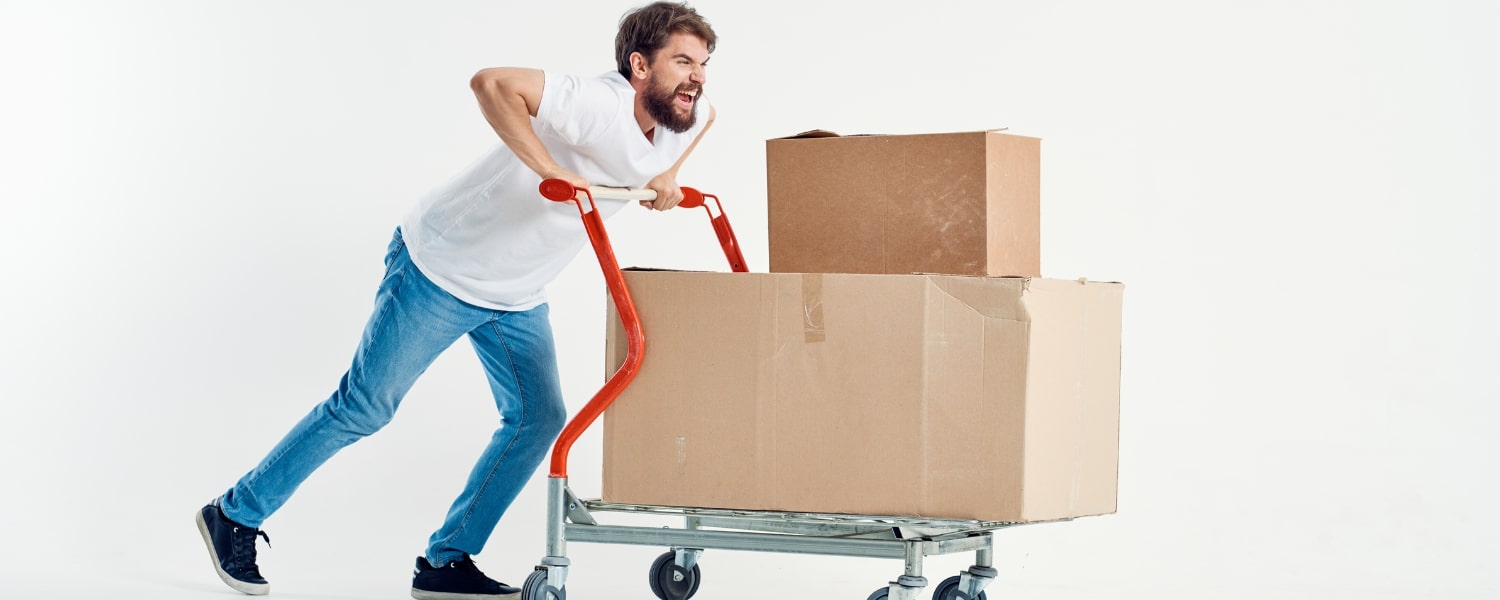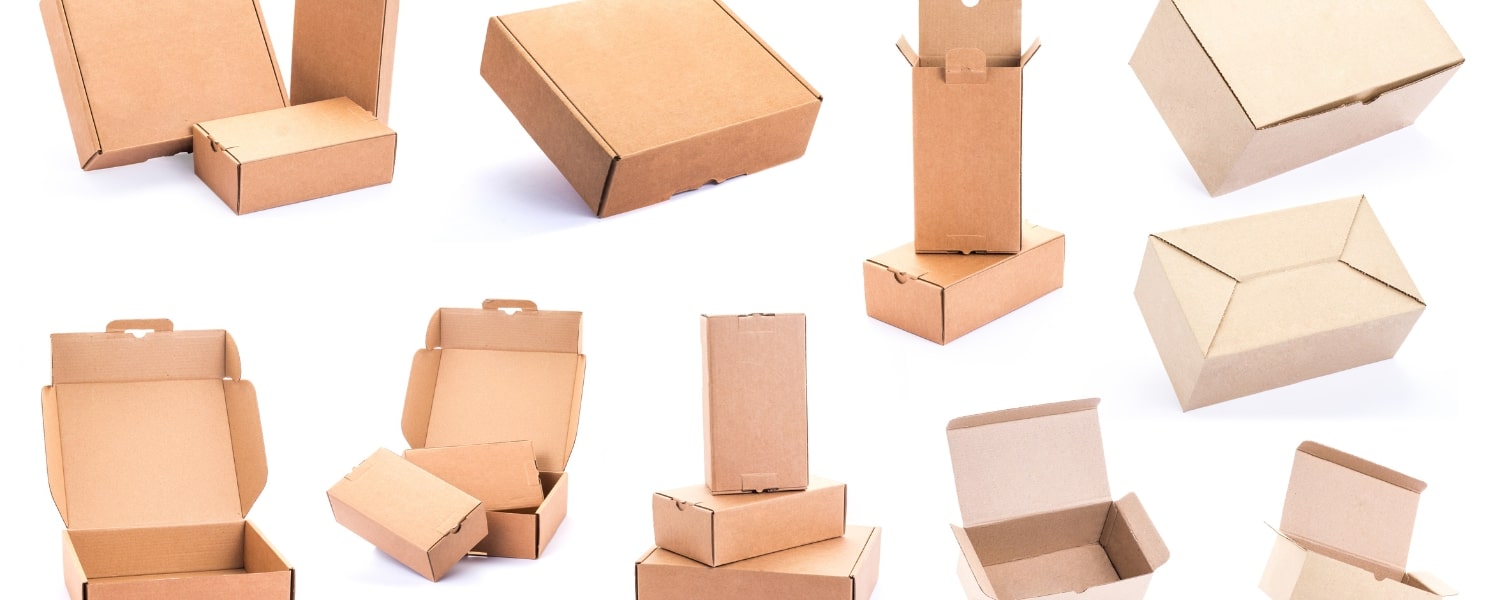Choosing the Right Materials for Packaging your product is essential in bringing your product to market. From protecting your product and extending its shelf life to presenting it in a visually appealing manner, suitable packaging materials can make a big difference.
With the right materials, you can create packaging for your product that will stand out from the competition and help you get your product into the hands of consumers. In addition, it can affect your product’s cost, safety, and overall appeal.
Firstly you should find out the companies that package your product. Companies that package your product are an invaluable asset to any business. They provide a diverse range of services, from designing your product packaging Right Materials for Packaging and creating packaging for your product to delivering storage and shipping solutions. They can also help to reduce costs and increase efficiency by providing a streamlined, cost-effective packaging solution.
By providing custom packaging and labels, companies ensure their products stand out from the competition and look more professional. With experience and expertise, these companies can help ensure that the packaging of your product is attractive, secure, and cost-effective.
Considerations for Choosing the Best Packaging product:
When deciding on how to design your product packaging and what materials to use, remember a few important things. Here are a few factors that can help while choosing the correct packaging ingredients:
1. Consider the size and weight of your product
The packaging materials must be strong enough to protect your product from damage but not so bulky that it increases shipping costs. When considering the size and weight of a product, it is essential to consider how the product will be used, transported, and stored.
For example, a product that needs to be moved around often will require a lighter and more compact size, while a product that is intended to be stationary may have more leeway in size and weight.
Additionally, a product’s size and weight should also be considered when determining the cost of production and sale. Ultimately, the size and weight of a product should be chosen to best suit the user’s needs and the company’s budget.
2. Consider the environment
When considering product packaging, keeping the environment in mind is essential. Using eco-friendly materials and reducing overall packaging waste can help reduce the environmental impacts of product packaging.
For example, companies should strive to use compostable, recyclable materials or reusable materials. Additionally, they should reduce the energy needed to produce and transport their packaging materials.
3. Consider the budget
The budget for product packaging is essential when creating a product. It can significantly impact the overall success of a product launch. Setting a budget for product packaging is necessary to ensure that the product is protected correctly and presented in a way that conveys the desired message to the customer.
A well-designed package will also help create a strong brand identity, which is essential for long-term success. When setting a budget for Right Materials for Packaging product packaging, it is crucial to consider factors such as materials, printing, design, and shipping costs. Allocating resources to product packaging can ensure that the product is presented in an attractive, professional way and consistent with the company’s goals.
4. Consider the temperature
Temperature affects the product quality and shelf life of the product you are storing. The ideal temperature for product packaging is usually around room temperature or slightly lower.
If the temperature is too low, it can cause the product to freeze, while a higher temperature can cause the product to spoil or degrade. Therefore, it is essential to factor in temperature when selecting a product packaging material, as some materials are more suitable for specific temperatures than others.
5. Consider the mode of transportation
Product packaging often includes a mode of transportation to get the product from point A to point B. Depending on the product’s size, shape, and location, the most suitable transportation mode can vary from air, sea, road, or rail. For example, if a significant product needs to be shipped from one continent to another, air or sea freight might be the best option.
On the other hand, if the product is small and needs to be shipped within a city or region, then road or rail freight might be the preferred option. Ultimately, the suitable mode of transportation for product packaging will depend on the product’s characteristics and the desired destination.
7. Consider the Design And Branding
Design and branding are essential components of product packaging. Companies use design and branding to create a strong visual identity that customers will remember and recognize. Design elements such as color, typeface, and imagery create a unique look that sets a product apart from the competition.
Branding communicates a company’s values and desired image to customers. It helps customers understand the company and its consequences, creating trust and loyalty.
Product packaging can be used to create an emotional connection with customers, as well as to provide helpful information, such as ingredient lists, usage instructions, and safety warnings. Design and branding should be carefully considered when creating a product package, as they will impact the overall customer experience.
Types of material to be used in product packaging
In the packaging business, different types of material may be used to package your product depending on the above factors. So, here is a list of materials which you can utilize in your product packaging design:
1. Plastic
Plastic is a durable material that has revolutionized the packaging industry. Its light weight and strength make it an ideal product packaging material. In addition, plastic offers a variety of protective features, such as water resistance, shock resistance, and durability, that can help to protect the product during transit.
Plastic packaging also offers a cost-effective solution, as it is relatively inexpensive to produce and can be customized to meet any product size or shape. Additionally, plastic packaging is an environmentally conscious option, as it can be recycled or reused.
2. Cardboard boxes
Cardboard boxes are an important and popular choice for packaging products due to their durability, affordability, and versatility. They provide a secure and protective layer for your product and are ideal for shipping and storing items.
With the correct measurements and design, cardboard boxes can efficiently protect your product and ensure it arrives safely at its destination. They can also be personalized with company branding, making them an excellent choice for businesses seeking to increase brand recognition.
3. Corrugated fibreboard
Corrugated fibreboard is a lightweight and cost-effective packaging material widely used for packaging products. It comprises three layers of paper; two flat liners and a wavy fluted layer in the middle, which provides strength and cushioning.
The corrugated fibreboard is strong enough to protect the product and can be easily customized to meet the product’s specific needs. Furthermore, it is a sustainable and recyclable material, which makes it an ideal choice for businesses looking to reduce their environmental footprint.
4. Bubble wrap
Bubble wrap is an invaluable tool for packaging and shipping products of all shapes and sizes. It provides cushioning to absorb shocks and vibrations and prevents items from shifting inside their packages during transportation.
Bubble wrap is also lightweight and cost-effective, making it ideal for cost-conscious businesses that must package and ship their products safely and securely. Additionally, bubble wrap is recyclable, making it an environmentally-friendly choice for companies looking to reduce their environmental impact.
5. Foam
Foam packaging is a great way to ensure your product is well-protected during shipping and handling. It offers a lightweight and cost-effective solution for protecting fragile items. In addition, it is an excellent way to provide cushioning and shock absorption to help preserve the integrity of your product.
Foam packaging can be custom designed to fit your requirements, making it an ideal choice for packing and protecting sensitive items. Moreover, it is environmentally friendly, as it is recyclable and biodegradable. With the proper foam packaging, you can ensure that your products arrive in perfect condition.
6. Kraft paper
Kraft paper is an excellent choice for packaging products. It is strong, durable, and eco-friendly, making it the ideal material for wrapping, protecting, and displaying products. It is also affordable and easy to customize with custom prints, colors, and sizes.
Kraft paper is also resistant to moisture, making it ideal for protecting against shocks and bumps during transport. Finally, it is biodegradable, making it an eco-friendly option that can be recycled and turned into valuable products.
7. Polyethylene
Polyethylene is a versatile, lightweight, and economical material widely used in packaging. It provides excellent protection against moisture, dust, and other contaminants, making it a popular choice for packaging food, beverages, and other consumer products. Polyethylene is also 100% recyclable, making it an environmentally friendly packaging solution.
In addition, polyethylene can be easily customized with printing and other features to make your product stand out.
Conclusion
By understanding and assessing the different types of materials available in the market and their benefits, you can be sure to select the best materials for your product and from where to get the Right Materials for Packaging packaging for your product. In addition, with suitable materials, you can ensure your product is packaged attractively and securely, allowing you to deliver an excellent customer experience.
